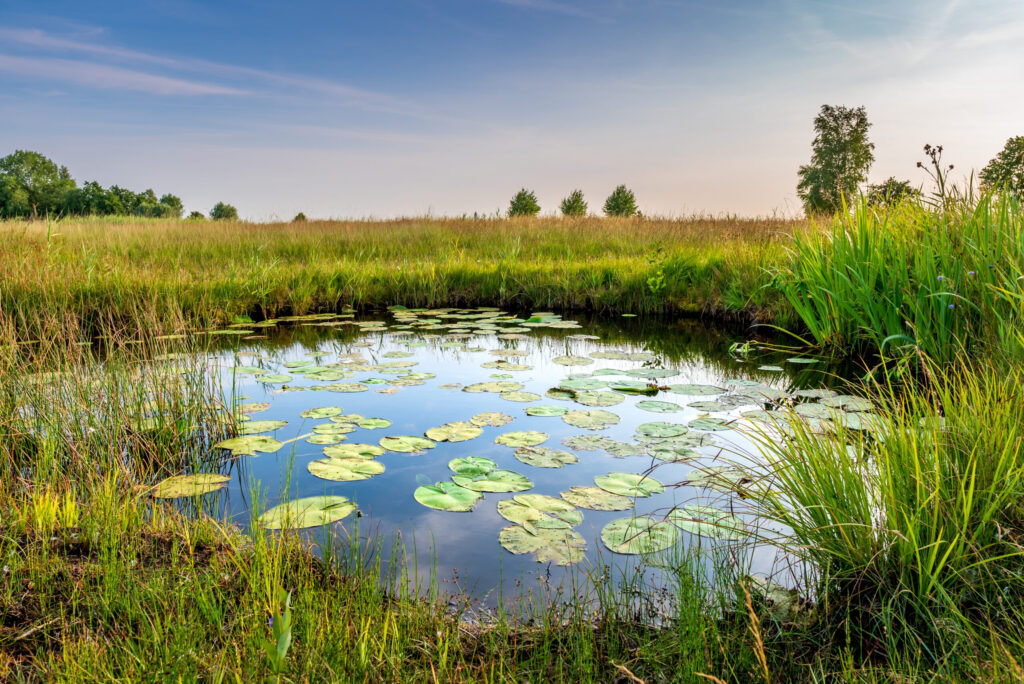Protecting your business’ brand, designs, technology, or creative works is an imperative part of creating a resilient and competitive business.
IP protection helps to increase public awareness of your products and services; distinguish your products and services from your competitors, and protect innovative developments made by your business. But what are the best ways to protect your IP?
Copyright
Copyright protects original artistic, musical, dramatic, and literary works. For example, a painting, book, or song lyrics. Ownership in copyright allows the owner to prevent unauthorised use of the work.
Copyright arises automatically on the creation of an original work if certain requirements are met. For copyright to exist, the creation must be:
- A copyright ‘work’ – it must be identifiable. Most things that are written, drawn, painted, shaped, made etc. will amount to copyright works; and
- Original – work will be protected if it amounts to the author’s own intellectual creation; it must not be copied.
Trade marks
A trademark is a sign used by a trader to distinguish its products or services from those of other traders, such as brand names or company logos. But can also consist of the shapes of products, colours, sounds, gestures, and slogans. Examples are the ‘JUST DO IT’ slogan by Nike, or Heinz’s use of the colour turquoise on tins of baked beans.
Ownership of a trademark grants the exclusive use of the mark in connection with the goods or services for which it is registered, and allows the owner to prevent any competing businesses who might use an identical or similar mark in the course of trade.
Trademark protection is obtained through registration. To be registerable, a trademark must be:
- Capable of being represented graphically
- Distinctive
- Capable of distinguishing its goods or services; and
- Not excluded by statute
Design Rights
Registered design rights can protect both 3D and 2D designs. Design means the appearance of the whole or part of a product and covers lines, contours, shapes, textures or materials.
Design rights grant the exclusive right to make articles incorporating the design, allowing the owner to sue for infringement if third parties make, sell, or import products bearing a design which is a copy, or substantially a copy of the registered design, where such acts are undertaken for commercial purposes.
You must apply for protection. To be registerable a design must be:
- Novel – an identical or similar design must have not been disclosed anywhere in the world before the application.
- Of individual character – it must have a different overall impression from previous designs.
- Not be excluded by statute.
Patents
Patents protect new inventions. For example, a new medical drug. Patent rights prevent third parties from using this invention when developing their own products or processes.
Patents require registration and the application should be drafted by a specialist patent agent. To meet the requirements for a patent:
- There must be a new invention in any field of technology, capable of industrial application.
- The invention must be novel – it cannot form part of the prior knowledge available within that field of technology.
- There must be an ‘inventive step’ that was not obvious to a person who is skilled in the field of the invention.
- It must not be excluded by statute.
If you think your business could benefit from IP protection, or if you have any questions, don’t hesitate to get in touch with our dedicated team of experts.




